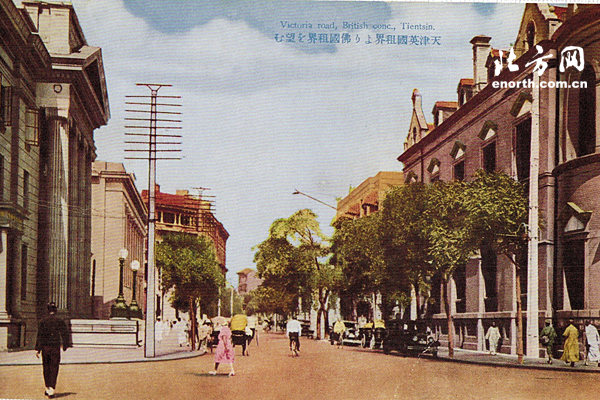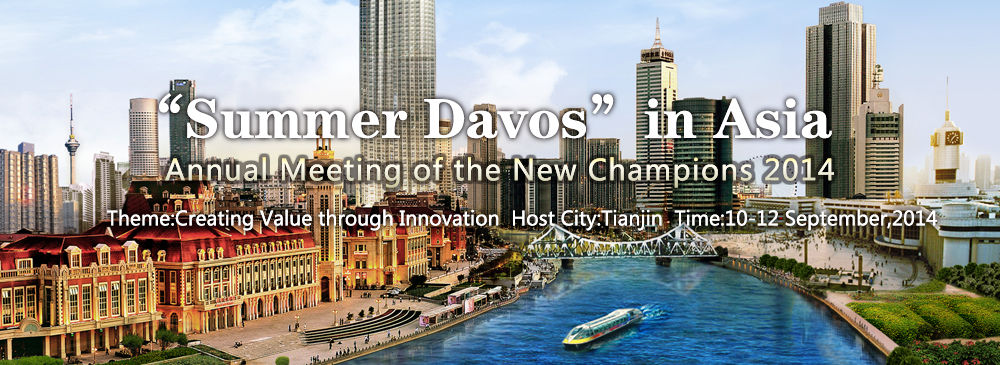|
Tianjin was called Zhigu (the straight port) in ancient times and it has boasted a history of 600 years since 1404 in the Ming Dynasty.
In 1400, Zhu Di passed Zhigu on his way to the south to launch a war for the regime. After his success in enthronement in 1403, he renamed Zhigu as Tianjin. He began to build city walls and defenses to establish three independent military fortresses in Tianjin from 1404 to 1406.
In 1652, the three military fortresses were merged as one, known as Tianjinwei (Fortress of Tianjin). It was not until 1731 that “Tianjin” became the official name of the administrative region.
In 1860, Tianjin became the base of the Westernization Movement and the most vibrant city of opening-up in North China when it served as a trading port and a complex of foreign concessions. Tianjin took the lead in modernizing the military affairs and developing the railway, telegraph, telephone, post, mining, judicature and modern education.
At that time, it became the second biggest industrial and commercial city in China and the biggest center of finance, commerce and trade in the north. By 1931, it had boasted 17,000 firms, of which 4,000 focused on maintaining modern machines. Its foreign trade export accounted for 25% of that of the whole nation. By 1935, it had boasted 16 foreign-owned banks and 10 Chinese-funded banks with 93 branches.
Located on the Haihe River and at the intersection of Jiefang North Road (south section of the former Victoria Road) and Tai’an Road, the Astor Hotel was a single-storey British-style structure built with brick, wood and corrugated tiles when set up by British Methodist missionary John Inncent in 1863. After an expansion in 1886, it was given a name Lishunde, literally meaning“Benefits derive from virtues”, which is a doctrine of Confucianism. At the time, the hotel enjoyed great popularity among the Chinese and foreign elites. The photo presents the Astor Hotel from 1900 to 1919.

注释
The Middle Street, once a part of the British concession, is situated at the intersection of Jiefang North Road and Datong Road. On the right of the Street was the Russo-Chinese Bank; on the left is the former HSBC Bank built as Tianjin’s first foreign bank in 1925. The present Bank of China Tianjin Branch is located at 82 Jiefang North Road, the site of the former HSBC.
Located at the intersection of Minzu Road (once known as Marco Polo Road) and Ziyou Road (once known as Dante Road), Marco Polo Square, an Italian style villa complex, was constructed from 1908 to 1916 as part of the Italian concession according to the Sino-Italian Agreement signed by the Director of the Chinese Maritime Customs Tang Shaoyi and the Italian Ambassador Gallina in June, 1902.
Located between the Tianjin Railway Station and Jiefang North Road, Wanguo Bridge was built from 1923-1927 by the Municipal Council of the French concession. With a length of 97.64 meters and a width of 19.50 meters, this steel double-leaf bascule bridge spanning the Haihe River with three openings is among the architectural landmarks of Tianjin. On January 25th, 1949, it was renamed as Jiefang Bridge.
Gulou (Drum Tower), top of the “Three Architectural Treasures of Tianjin”, was a three-storey bell tower built with brick and wood in around 1493. Being the highest building at the time, its first storey is a solid square terrace with four arched openings on each side. The two-storey tower built atop the terrace is impressive with its upturned eaves and double-eaved roofs. The Tower was once rebuilt in the Republic of China era; it was reconstructed from November, 2000 to 2002 after demolished for road expansion in 1952.
|




